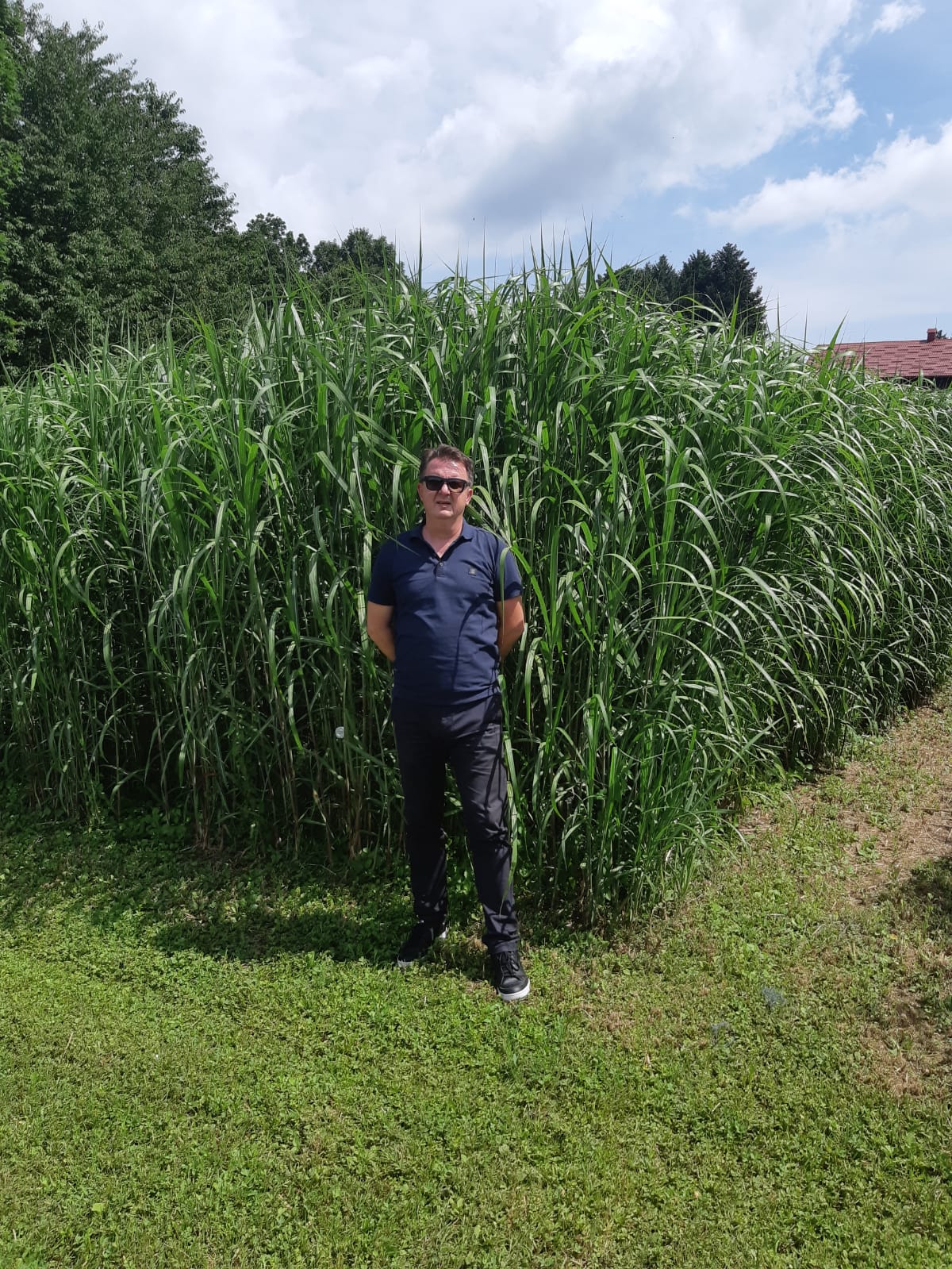“Sludge disposal through the production of energy crops” is the name of the project implemented for the fourth year by the Faculty of Agriculture, headed by project manager prof. dr. sc. Neven Voća with his professional team. The project is funded by the Croatian Science Foundation – Croatian Science Foundation, and it includes KEMIS-Termoclean d.o.o., ZOV – Zagrebačke otpadne vode d.o.o. and Andrija Štampar, Institute of Public Health.
KEMIS-Termoclean has been involved in the project since the beginning of 2019. Namely, as a company that deals with waste management, we participated in cooperation on sampling and transportation of waste sludge from water purifiers to experimental fields. Waste sludge from the wastewater treatment plant from ZOV was transported to two locations of the Faculty of Agriculture where the experiments were located. Every year in March we transported 1.200 kg of waste sludge to Sljeme – Grassland Center and 200 kg for Maksimir to the location next to the Faculty of Agriculture. The sludge was packed in bags for easier handling, and the collection coincided in date with the sampling of NZJZ Andrija Štampar so that an identical sample could be obtained for analysis.
The idea of the project is to use sludge in the production of energy crops, which would thus be free of problems with the health reputation of the product. Namely, biomass is the optimal form among renewable energy sources because it is the source of almost all useful forms of energy. Due to all the above, sterile rhizomatic grass Miscanthus x giganteus and a plant from the marsh family Sida hermaphrodita are imposed as ideal energy crops. The aim of this research is to analyze the biomass of energy crops Miscanthus x giganteus and Sida hermaphrodita, fertilized with different amounts of sludge from wastewater treatment plants, both in energy and environmental terms.
You can find out more about the project on the website…

















